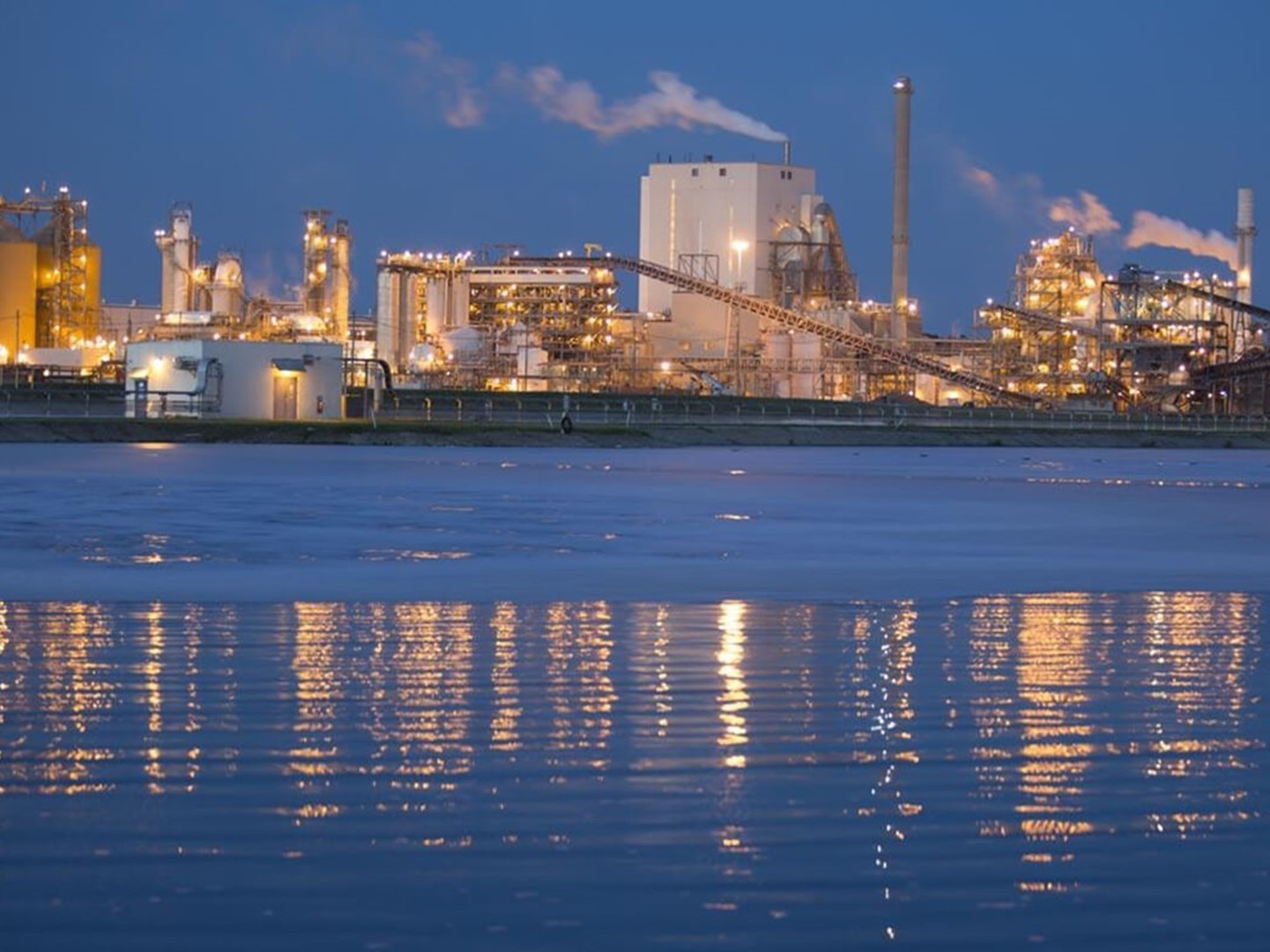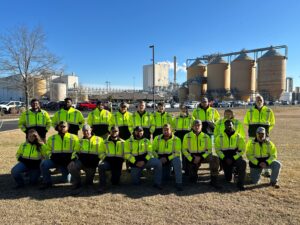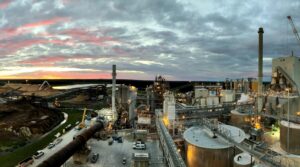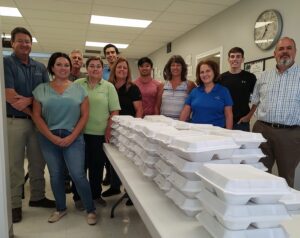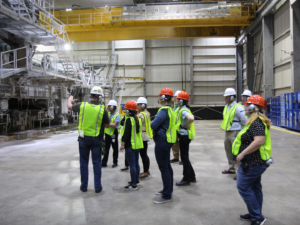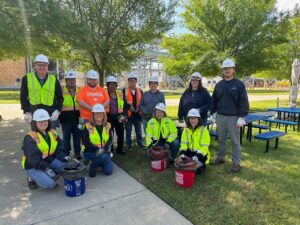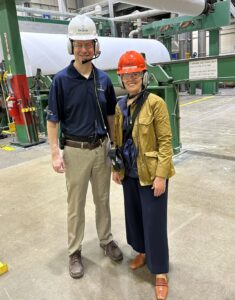Domtar’s Marlboro Mill in Bennettsville, S.C.
In many ways, the Marlboro Mill is one of a kind. Opened in 1990 in Bennettsville, South Carolina, the mill is the last greenfield mill built in the United States. It’s also the last fully integrated paper mill built in North America. And it takes a unique approach to employee training and safety.
“Other mills might have the technology we do, or they might even have advancements we don’t have, but they can’t beat us on people,” says Allan Bohn, general manager of the Marlboro Mill since 2022. “It’s what really sets us apart.”
Bohn speaks from experience. He’s worked in the industry for decades, including as general manager at our Plymouth and Ashdown mills. But the move to Marlboro has been a highlight of his career with Domtar, which began in 2005.
“Marlboro Mill’s high standards and excellent training systems set it apart even within the Domtar system,” he says. “I was fortunate to be selected to manage this fantastic mill. It’s been a great move for me and my family.
An Industry and Corporate Leader
Each year, the Marlboro Mill produces 320,000 air dry metric tonnes of pulp on its fiber line and 274,000 short tons of lightweight paper on its paper machine. Paper from Marlboro Mill is converted into copy paper, tablet paper and thermal-coated paper for receipts, label grades, lottery tickets and more.
“Since the mill was built by Willamette Industries, we’ve had some significant changes,” Bohn recalls. “In the mid-90s, we upgraded our kraft cycle to increase our production and allow us to more efficiently process both hardwood and softwood species. In 2010, we installed a state-of-the-art turbine generator, which produces enough excess power that we can supply renewable energy to 30,000 homes in the area each year. In 2012–2013, we converted our paper machine to making lightweight grades, in addition to keeping the flexibility to cost-effectively make commodity paper grades.”
The Marlboro Mill also changed hands a few times. Willamette sold the mill in 2002 to Weyerhauser. It joined the Domtar family of mills in 2007, and in 2021, Domtar came under the Paper Excellence banner.
But through it all, the mill has remained laser focused on its mission, its community and its environmental stewardship. “We’ve used some capital allotments to complete some innovative water savings projects,” he says. “Other objectives include waste reduction and greenhouse gas reduction. We’re proud to be a sustainable partner in our community.”
Other ways the mill stays connected to the local area is through service projects and community investment, including about $52,000 in annual grassroots giving. Recent projects include renovating a women’s shelter, serving at the Bennettsville Community Kitchen, participating in career fairs and providing scholarships and internships to local high school students.
But Bohn says even with all the mill’s milestones and achievements, he’s most proud of the people he works with every day.
An Employee and Community Partner
As a greenfield mill, the facility was designed from the ground up, giving its original owner an opportunity to implement a new approach to employee training.
“When they built the mill, they brought in lots of folks who had no experience, and they trained them from scratch to operate this really technical equipment,” Bohn says. “They implemented an advanced, team-based work system that is unique amongst all our mills.”
It all starts with a focus on safety. New employees receive three weeks of safety training when they start work at the Marlboro Mill, and they build on that foundation thanks to the mill’s ongoing commitment to creating a safe work environment for employees.
Bohn says, “We are committed to safeguarding our employees. They have a say in how work gets done, and we actively listen to and collaborate with them on safety measures.”
In addition, team members have an opportunity to gain skill blocks that allow them to handle other tasks at the mill, expand skillsets and advance into new roles.
“All of our Mill Technicians receive maintenance training so they can maintain or operate equipment, depending on what’s needed in a given shift,” explains Cynthia Vodenik, human resources manager. “It allows us to be leaner, more agile and more responsive to the changing demands at the mill.”
The approach gives autonomy to individual teams, which conduct peer evaluations and qualifications to decide who will have the next opportunity to train on a new skill. Teams also decide who will do which task for the day or week ahead, and they have input on how tasks are completed. Each employee has a voice and can effect positive change throughout the mill.
Vodenik says the approach empowers employees to take ownership of their work and their careers, while holding each other accountable and encouraging leadership. “The opportunity to learn new skills and enjoy career advancement opportunities makes our mill attractive to new talent.”
A focus on safety and training are also why employee turnover is exceptionally low, according to Bohn. “We still have around 15 percent of the original team who opened this mill 34 years ago. They’ve spent their entire careers at this one facility. That’s something you don’t see often, and we’re very proud of that.”
Read more about the Marlboro Mill.
- Marlboro Mill Demonstrates Forest Stewardship in Action for USDA
- Congressman Tom Rice Visits Marlboro Mill
- Domtar Colleagues Join 2024 TAPPI Award Winners
- Spotlight: Domtar’s Supply Chain & Transportation Logistics
- Paper Made Here: A Portrait on Paper
Click on the images below to view the full photos and captions.
